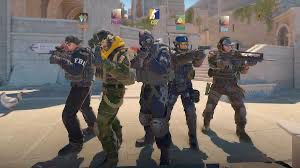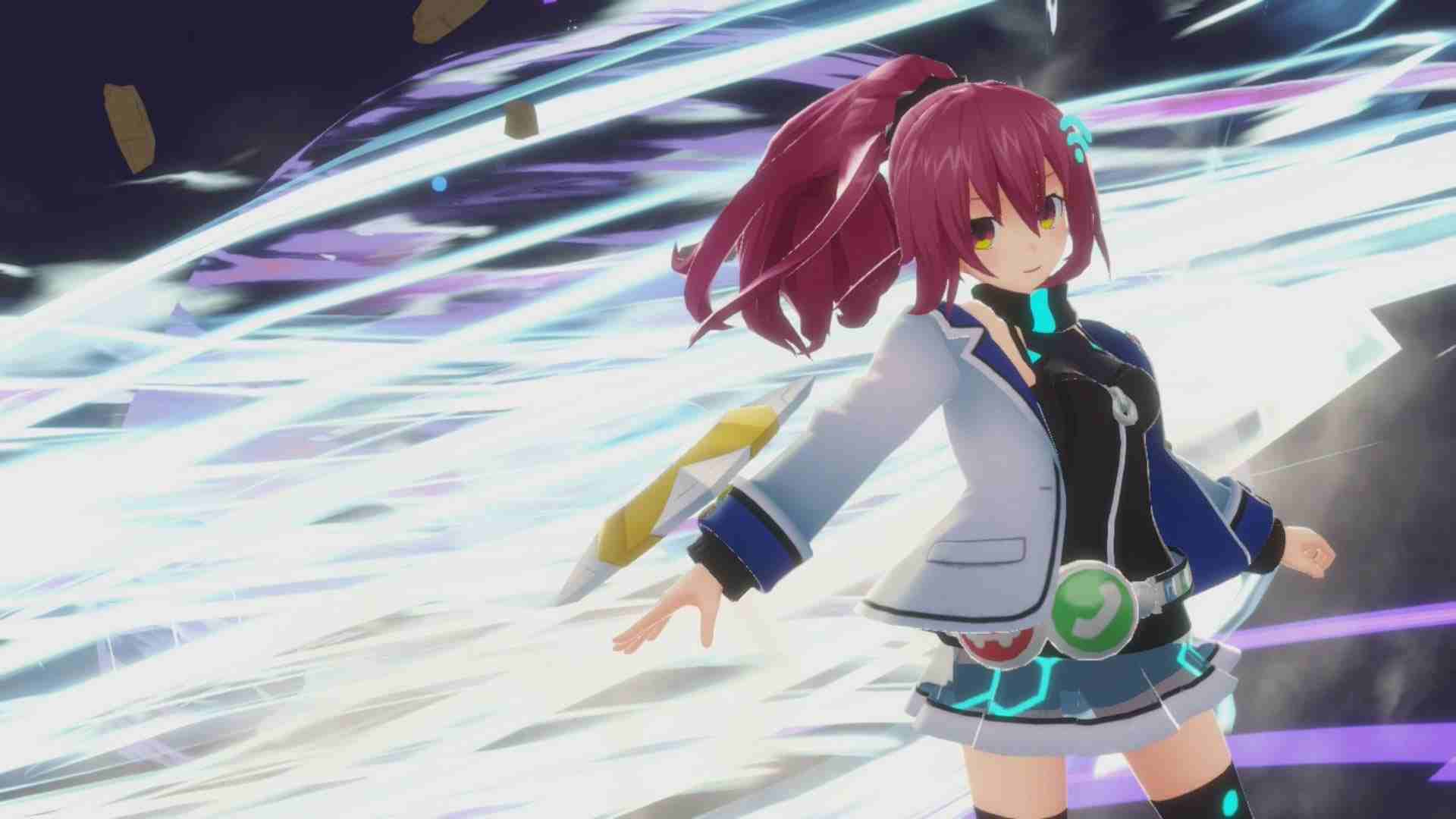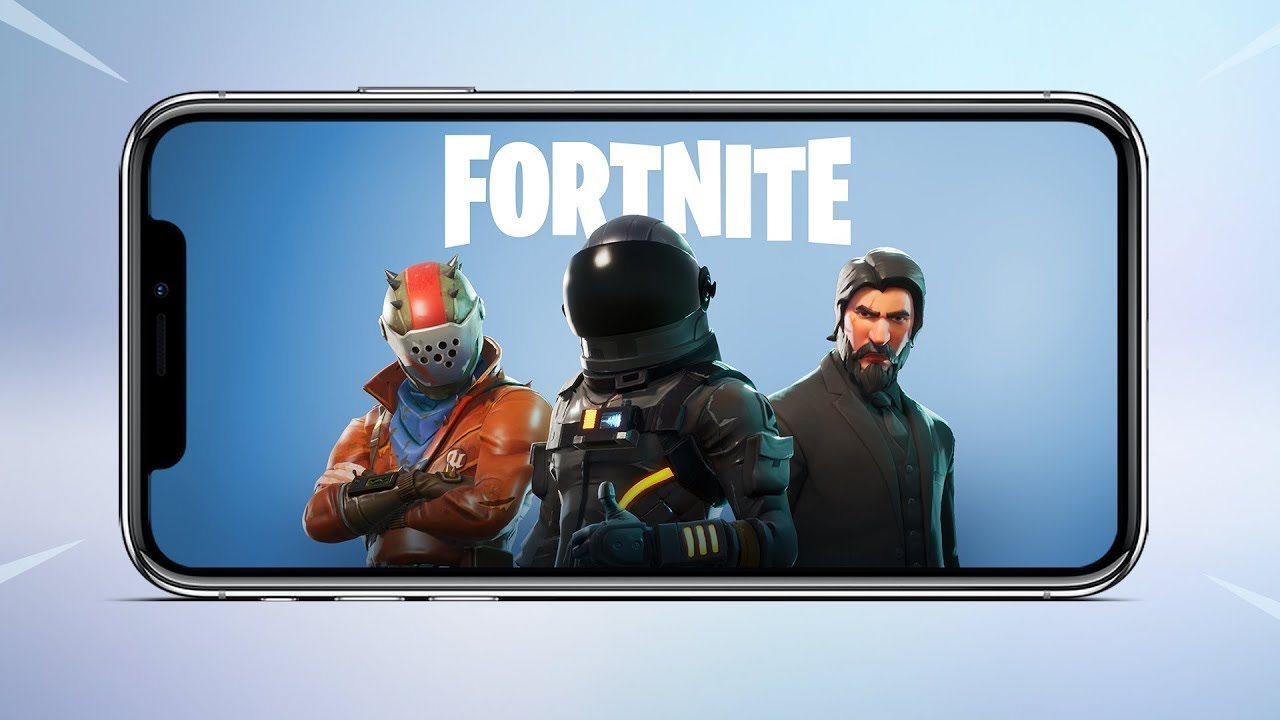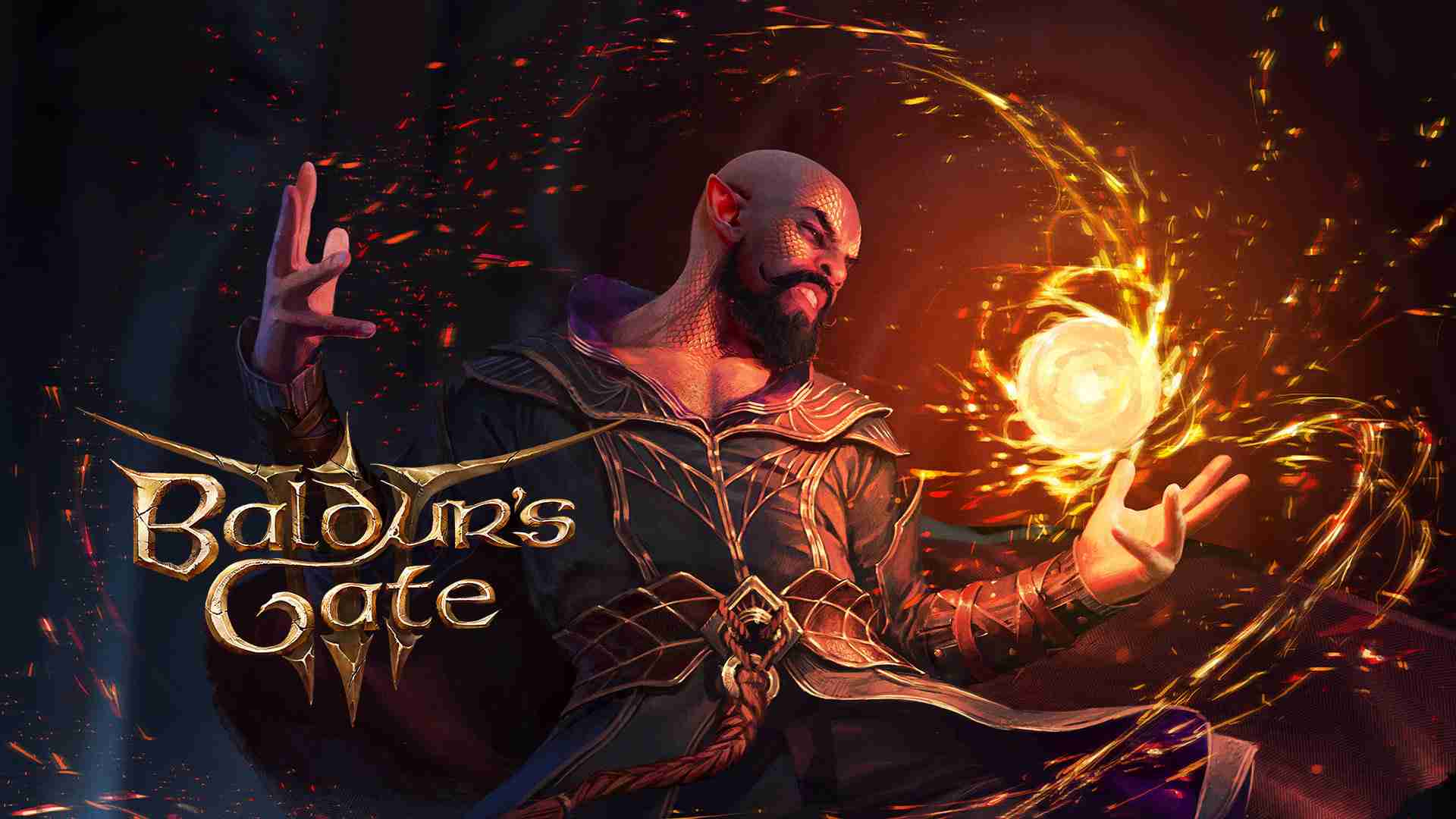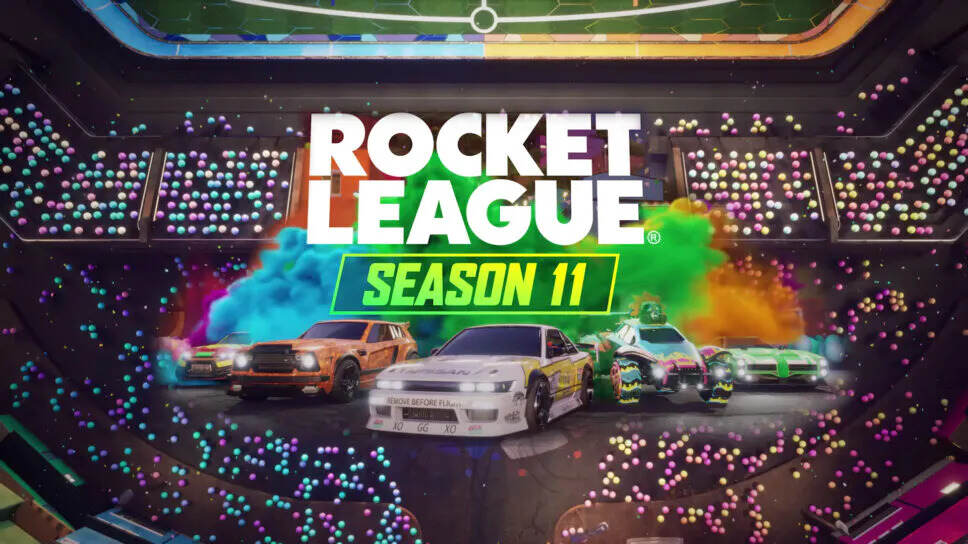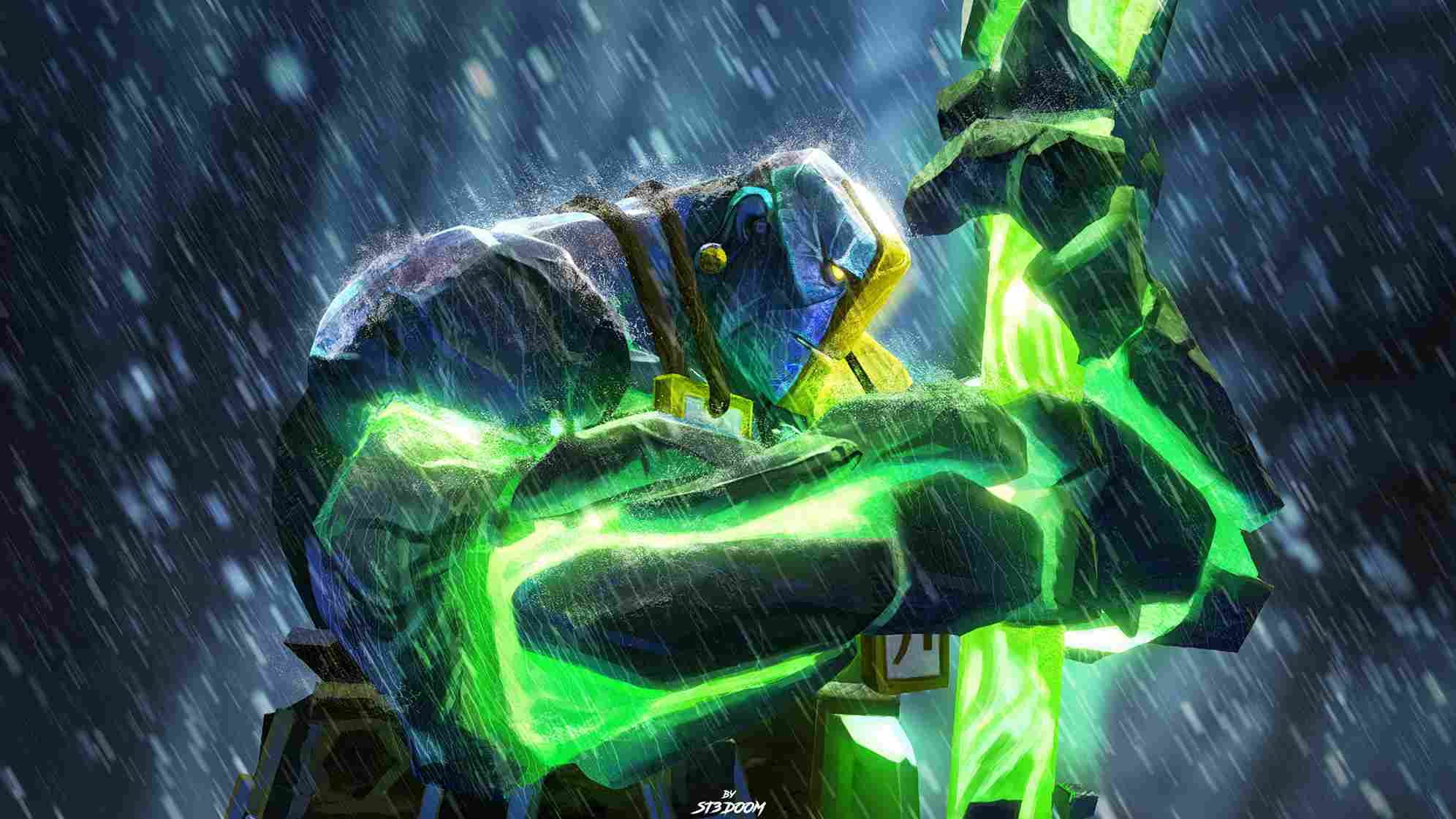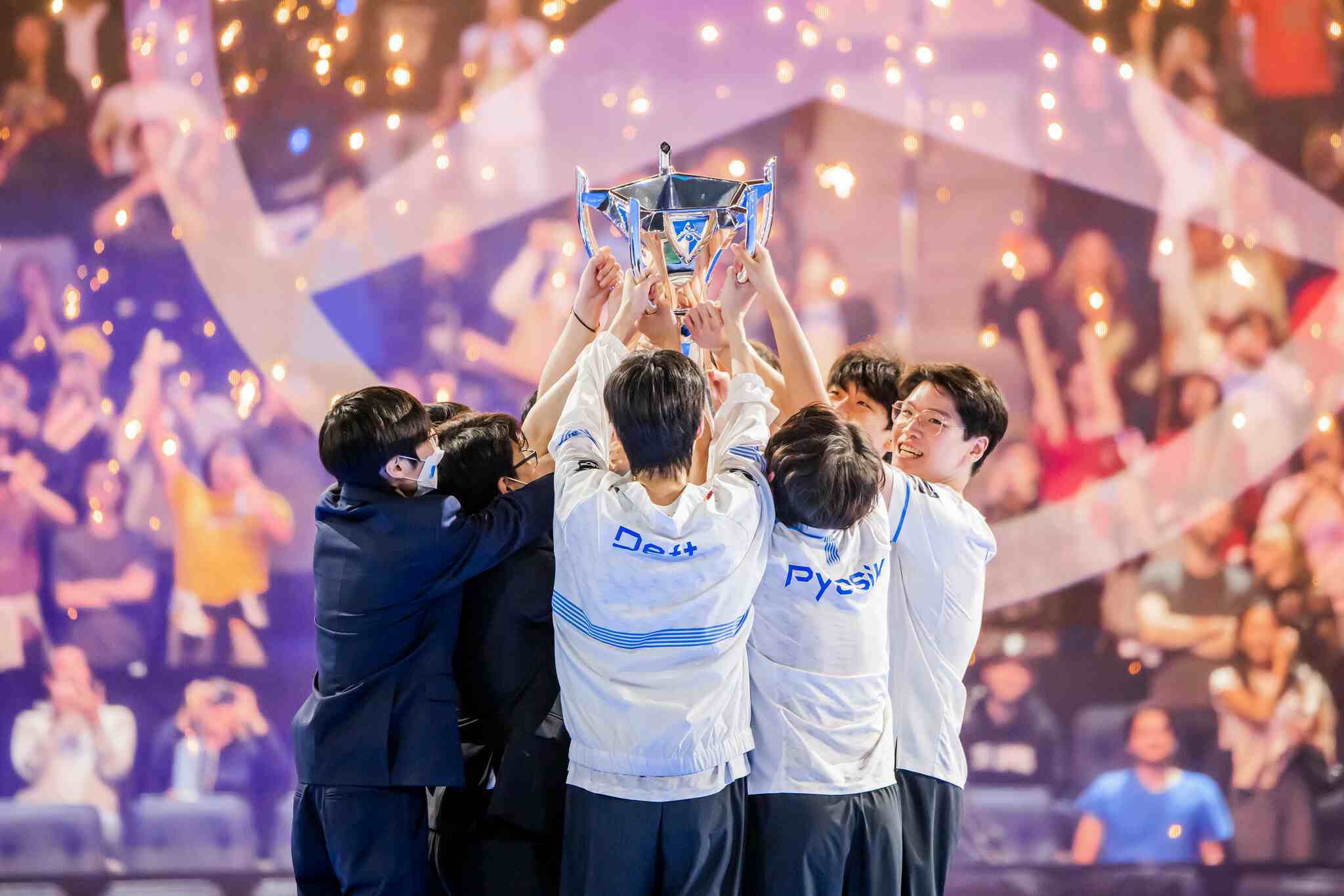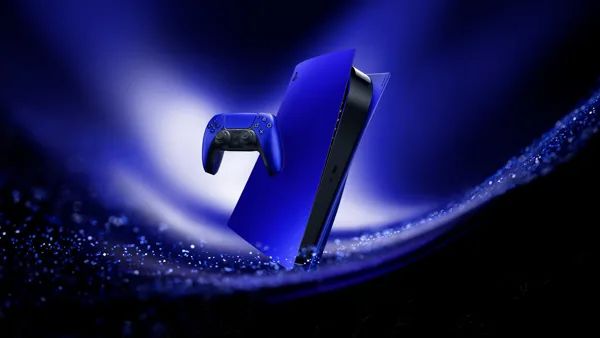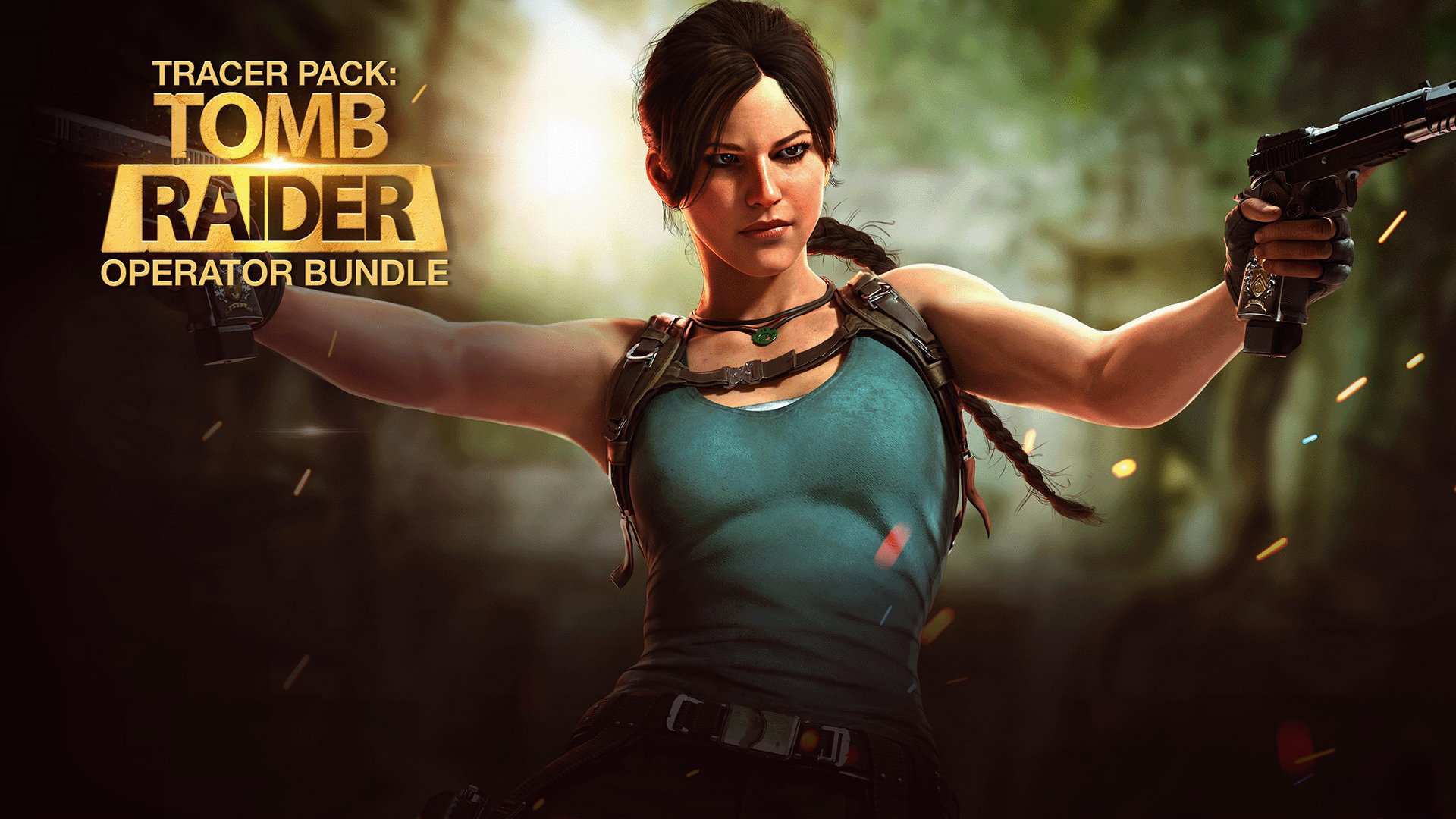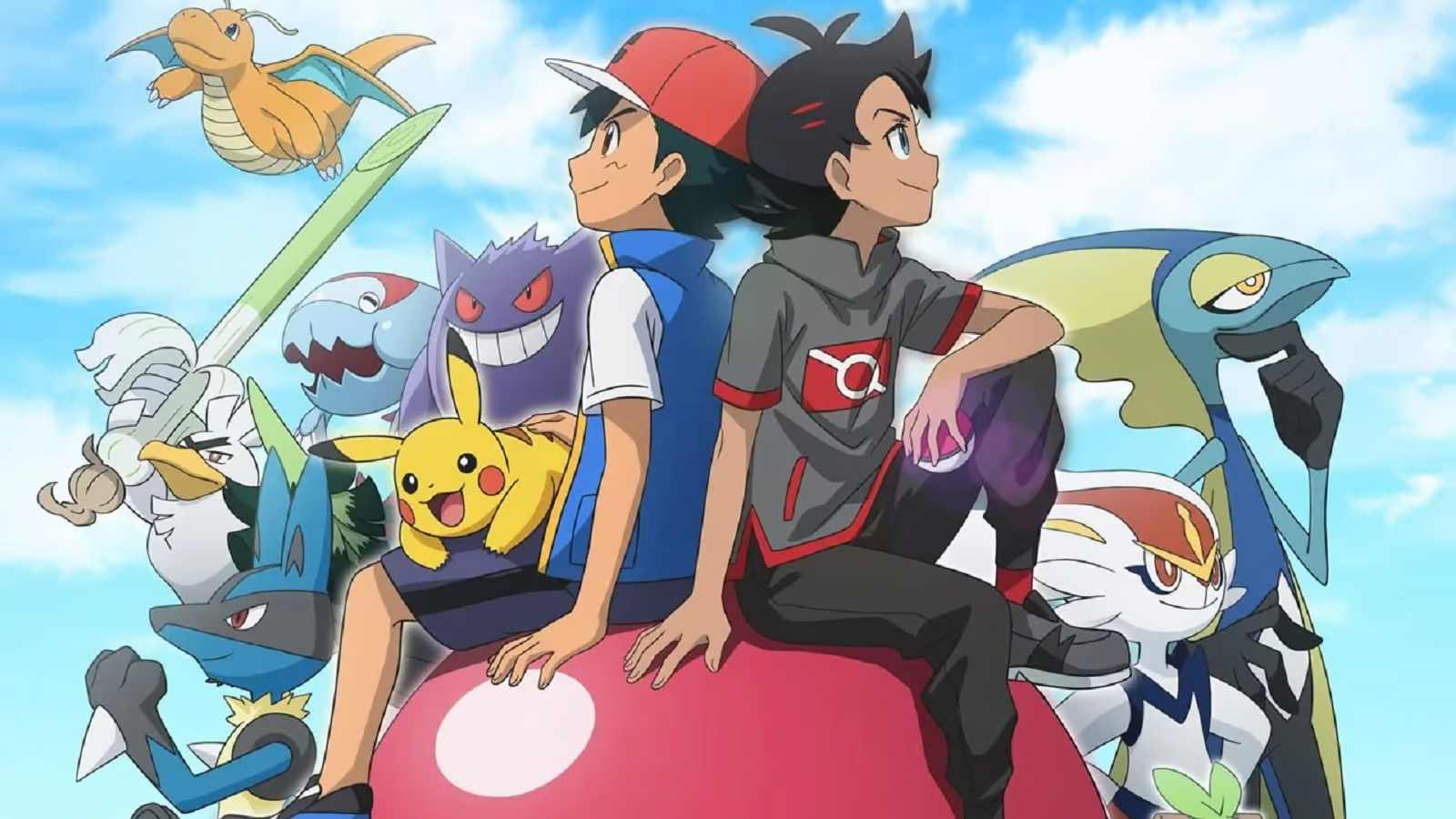How To Understand ADR In CS2? All You Need To Know
You know how competitive Counter-Strike (CS2) can be if you’ve played any version of the game. To go up the competitive ladder, players must become proficient in all areas of the game, such as movement, weapon accuracy, map layout, etc.
Obviously, the more you practice, the more proficient you will become. Things can become a little complicated, though, when it comes to precisely gauging one’s performance. Let’s look at the ADR now, as this is where it’s useful.
What is ADR in CS2?
The term “ADR” refers to “Average Damage per Round,” and it indicates, quite simply, the average amount of damage delivered by a single player during a Counterweight round. Either you or all of your matches can be used to determine your ADR when computing it. Because it is more accurate than other stats, this one is frequently used to gauge a player’s performance. For example, even though your teammate receives a kill by taking out an enemy with 10 HP, you have still contributed significantly more to the team’s success if you deal 35 damage to four enemy players in a single round.
ADR is not the ultimate stat, like all other stats, but it can be a useful tool for demonstrating contributions to a team. When analyzing player performance, it’s always a good idea to check other stats as well, as ADR does not tell the whole story. Players who smoke off enemy positions or throw that one molotov that stops a crucial enemy push without doing any damage can have tremendous value for a team without it showing up in their ADR.
What is a Good ADR in CS2?
Understanding that an enemy must receive 100 damage in order to be eliminated is crucial if you want to know what makes a solid ADR in Counter-Strike. Players are expected to contribute damage figures, even if the bulk of them won’t obtain a kill every round (an ADR of 100 is not the baseline). It is noteworthy that a complete kill inflicts 100 damage, meaning that utilizing an AWP to headshot an opponent will only result in an additional 100 ADR.
ADR ratings between 70 and 80 are typically seen as good/normal, and anything over that is regarded as above average. Players that achieve ratings above 95 are essentially performing like superstars. Anything below 60 indicates that you performed well below par, and an ADR between 60 and 70 indicates that you played a rather quiet game.
Naturally, one must consider all of this in its context. Unless they leg an opponent, an AWPer only needs to make one shot to receive 100 ADR, hence designated snipers are more likely to score heavily than players who frequently toss smokes and provide flashes to support the team. Once more, it’s critical to view statistics in the context.
How To Calculate ADR in CS2
ADR computation is a rather easy operation. An AWP headshot on an enemy at full health only counts as 100 damage, not 400+, and you just divide the damage you’ve done (to enemies’ health bars, not damage in total) by the number of rounds you’ve played. This is something that CS2 takes care of for you automatically. To view this statistic, use the tab button to enter the scoreboard, then right-click and use your mouse to navigate to the “cycle stats” menu (shown in blue below). This will provide a whole distinct set of scoreboard statistics.
Be aware that the damage statistic, or “DMG,” that is automatically displayed on the CS2 scoreboard differs from ADR. The damage stat is not an average; rather, it is the total amount of damage you have inflicted on opponents.
ADR vs KDR
Kills and deaths committed by the player are the most important metrics in Counter-Strike 2 and many other well-known first-person shooter games. KDR stands for Kill/Death Ratio, which is the outcome of these two statistics intersecting. Calculated by dividing the player’s kill count by their death count, the KDR is a frequently used statistic to assess a player’s performance.
But it’s not always fair or correct to use KDR to assess a player’s performance. Most of the time, ADR is utilized as a more realistic measure of player performance when it comes to actually inflicting damage on the opponent team, as in certain circumstances the player may merely be fortunate enough to deal the kill shots to the enemy team while their teammates are doing the majority of the overall damage.
The best ways to increase ADR in Counter-Strike 2 (CS2)
Here are some of the best ways to improve ADR in CS2:
1) Aim for the head
One of the best methods to gain ADR in each round is via headshots that provide critical hits and one-taps. Therefore, increasing your headshot percentage is one of the finest methods to become an ADR player.
2) Make the most of Frag Grenades
When launched in the correct formation, frag grenades can damage numerous adversaries at once. It will be among the greatest ways to increase ADR in CS2, other from just staring someone in the eye.
3) Employ aggressive strategies
You can do more damage to unwary adversaries by playing aggressively and with the proper tactics. Do try to vary things up a little, though, since going all out every round will only work against you.
ADR is yet another metric you may use to measure your own or someone else’s performance, but as we’ve already stated, you shouldn’t rely solely on it. However, because KDR only considers kills and ignores damage that does not result in a kill or assist, ADR is typically a more accurate and fair approach to evaluate a player’s efforts than KDR.
The 2023 multiplayer tactical first-person shooter game Counter-Strike 2 (CS2) was created and released by Valve. It is the Counter-Strike series’ sixth major installment. It was revealed on March 22, 2023, and it was launched on September 27, 2023, taking the place of Global Offensive on Steam. It was created as an improved version of the previous primary entry, Counter-Strike: Global Offensive (2012).
Similar to its predecessor, the game features a variety of objective-based game modes that pit the Counter-Terrorists and the Terrorists against one another. Major technical upgrades over Global Offensive are present in Counter-Strike 2, including as the switch from the Source game engine to Source 2, better graphics, and a new server architecture. Furthermore, a number of Global Offensive maps were modified to make use of Source 2’s features, with certain maps obtaining
Critics gave Counter-Strike 2 mostly positive reviews when it was first released. Players, however, had differing opinions on the game; many voiced dissatisfaction with Global Offensive’s delisting from Steam, decreased gameplay speed, and elimination of several features. Consequently, Counter-Strike 2 became one of the lowest-rated Valve games on Steam after receiving hundreds of unfavorable customer reviews.
